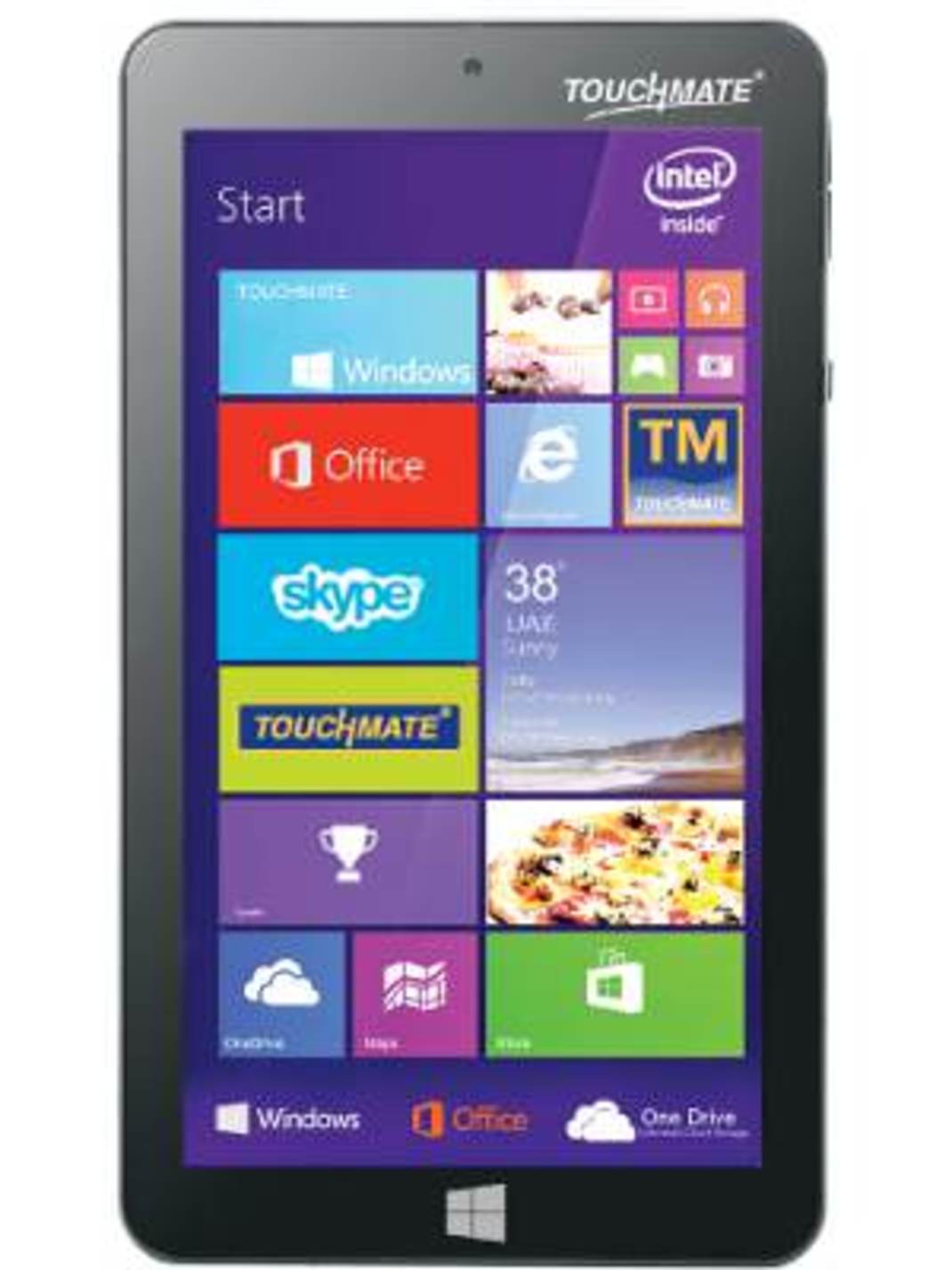
The optical ports alternatively support stereo TOSLink (optical S/PDIF). It has 2 mic/line/instrument inputs, 6 line inputs, 10 line outputs, headphone output, and 8-channel optical I/O. With a high-performance DAW such as Digital Performer, the UltraLite-mk5 offers round-trip latency (RTL) of 2.4 ms (milliseconds) over USB (at 96 kHz with a host buffer of 32 samples), according to the manufacturer.Īs an interface or mixer, the UltraLite-mk5 has 18 inputs and 22 outputs for a total of 40 independent I/O channels simultaneously.
Mini motu vs mini motrix for mac#
Optimized drivers for Mac and PC ensure ultra-low latency performance. It incorporates the renowned ESS Sabre32 DAC technology with the ES9026PRO DAC for a measured dynamic range of 125 dB and a THD + N of -114 dB. The UltraLite-mk5 has a compact steel chassis and is equally suitable for studio and stage with or without a computer. USB-C and OLED display on the new MOTU UltraLite-mk5 audio interface In summary, one can say that the compact MOTU interface is very well equipped to be used as the heart of an ambitious home studio setup, in the rehearsal room or on stage. The last to be mentioned are the two standard MIDI sockets, which are located on the rear above the USB-C and 15 V power connections. However, it is not a dramatic exclusion criterion either, since you can get a headphone amplifier or a "mini mixer" for low double-digit amounts, and you have enough line outs available on the MOTU UltraLite mk5 for connection. The fact that there is only one of these in the otherwise so lavishly equipped interface does not quite fit into the picture for my taste or at least a bit surprising.

Last but not least, the separately controllable headphone output should be mentioned for the audio connections. Exemplary: the switches light up in color when activated! A phase inversion can also be switched on for all analog inputs via the app. These inputs (1/2) have separate encoders for level setting as well as switches for phantom power (48V) and a pad switch for lowering the input level by 20 dB. On the front of the device, two lockable XLR / TRS combo sockets are used to connect microphones, line sources or instruments. On the rear there are a total of ten balanced analog outputs and six balanced inputs in the form of 6.3 mm jack sockets. In addition to the optical I / Os, which can be switched from ADAT to S / PDIF, there is a stereo input and output (S / PDIF, Cinch) and of course the analog ins and outs. What do we learn from this? Should these restrictions ever get in the way, just work with 48 kHz, as many first-class engineers do (in real life) in thoroughly audiophile productions. At 176.4 and 192 kHz, the optical digital connections are completely deactivated. At higher sampling frequencies of up to 96 kHz, the ADAT I / Os are halved from 8 to 4. Convert all SMPTE frame rates (24, 25, 29.97 drop, 29.The MOTU UltraLite mk5 has a remarkable 18 inputs and 22 outputs that can be used simultaneously at sampling rates of up to 48 kHz.
Mini motu vs mini motrix code#

In fact, it offers many synchronization options for locking up your MIDI gear with sequencers, digital recorders and video feeds. This means the Micro Express is great for your studio setup and your live performance rig! Multiple synchronization options for use with other gear Just because it’s small, don’t think the Micro Express is short on functionality. You can merge any inputs to any outputs, route any inputs to any outputs, mute any MIDI data on any cable and re-channelize data on input and output. With 4-in, 6-out capability, the Micro Express gives you control of up to 96 independent MIDI channels. Handles all MIDI functions with ease The Micro Express delivers a lot of MIDI control in a small package. Just add another Micro Express or any MOTU USB MIDI interface via a standard USB hub.

Plus, the Micro Express can be powered by the USB bus of your Mac or PC!Need to connect another sound module or synth? No problem.
Mini motu vs mini motrix full#


 0 kommentar(er)
0 kommentar(er)
